The chemtrails conspiracy: what are the claims?
Theorists believe governments, big businesses or the UN may be behind a large-scale secret plot
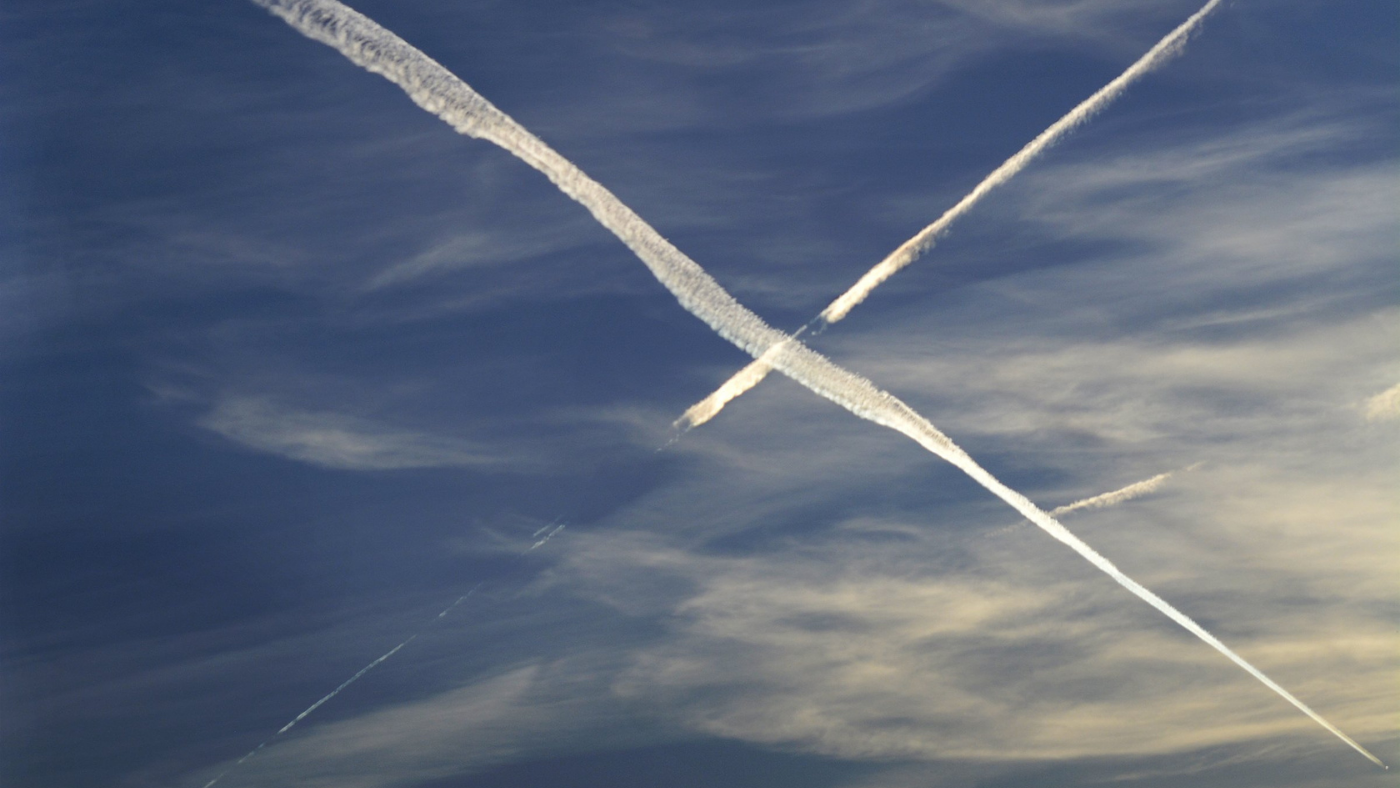
In the right weather conditions, long lines of thin clouds trailing planes can be seen in the sky, sometimes long after an aircraft has disappeared from view.
These clouds are contrails, and are the result of water vapour emitted from planes condensing in freezing temperatures, leaving behind “thin trails of ice crystals”, explained the Met Office.
But “ever since the US Air Force published a paper in 1996 about the hypothetical harnessing of weather for military objectives”, a “shadowy global aviation conspiracy” has spread among online communities, said National Geographic.
The Week
Escape your echo chamber. Get the facts behind the news, plus analysis from multiple perspectives.

Sign up for The Week's Free Newsletters
From our morning news briefing to a weekly Good News Newsletter, get the best of The Week delivered directly to your inbox.
From our morning news briefing to a weekly Good News Newsletter, get the best of The Week delivered directly to your inbox.
Theorists’ beliefs
The chemtrail conspiracy theory took root in the 1990s, but in recent years “a significant number of people” have taken to social media to share “speculation, questions and images of contrail cross-hatched skies”, said the BBC.
“Believers” say that the “puffy plumes of water vapour” that trail from planes are “evidence of a secret plot to control weather or poison the environment” by spraying chemicals into the atmosphere, the broadcaster continued.
A common claim is that the emissions from a standard plane should “dissipate quickly so any clouds that do not disappear immediately must be full of additional, undisclosed substances”, said Scientific American.
Depending on theorists' individual beliefs, “a pick-and-mix selection of the UN, the military, national governments, the Rothschilds, climate scientists, pilots and big business” are claimed to be responsible for chemtrails, said the BBC.
A free daily email with the biggest news stories of the day – and the best features from TheWeek.com
The reasons why a large organisation might be behind this kind of activity span a range of “nefarious purposes from weather modification, to human population control via sterilization, to even mind control”, added Scientific American.
A survey conducted in the US, Canada and UK in 2011 found that “an incredible” 16.6% of respondents subscribed to the theory, said National Geographic. A 2017 paper published in Nature found that percentage could be as high as 40% among the US general population.
Scientific response
Scientists have maintained that there is no evidence of chemical substances being atmospherically spread via planes in order to alter weather patterns, or to poison or control humans.
A common claim made by believers is that chemtrails can be distinguished from normal contrails “because they remain in the sky for longer than they did prior to the mid-90s, and dissipate into cirrus clouds”, said National Geographic.
The Met Office explains, however, that once ice crystals have formed, “what happens next depends on how dry or how humid the air is”.
In dry air, ice crystals will turn from a solid to a gas “and become invisible”, says the weather service. But in humid conditions, the emitted water vapours “will stay where they are, often spreading out, leaving a fluffy trail where the aircraft has passed”.
Trails of ice crystals “may last for many hours, leaving the sky criss-crossed with lines”.
The evidence
A paper published by Environmental Research Letters in 2016 collated 77 experts’ conclusions on evidence of a “secret, large-scale atmospheric program” (SLAP). The authors noted that public confusion or uncertainty about the chemtrail claims may have been in part due to the scientific community having not addressed these concerns rigorously for some years.
All but one of the scientists that took part in the study said they found no evidence of a chemtrail plot. The one anomaly was a scientist who recorded an unusually high level of atmosphere barium in a remote area where ground soil contained low levels of the chemical element.
However, “to get from that one result to the idea that we’re being secretly sprayed with chemicals requires a monumental leap of faith”, said the BBC.
The scientists concluded that data used as evidence by chemtrail theorists “could be explained through other factors, such as typical contrail formation and poor data sampling instructions presented on SLAP websites”.
The authors noted that the public’s concerns about health, climate change and pollution were “reasonable”, but focusing on a large-scale spraying programme “may be taking attention away from real, underlying problems that need addressing”.
Going mainstream
National Geographic describes the chemtrail theory as “a load of codswallop”, but it appears to have “gone mainstream” nonetheless. The 2016 study “did little to convince hardcore believers”, said the magazine, and believers “dismissed” evidence that the theory isn’t true by claiming it is “part of a massive cover-up”.
The BBC has attributed the proliferation of the chemtrails conspiracy theory to its resonance in certain digital communities. “Closed groups of like-minded people – the type common on social media and the internet – are one of the big reasons why conspiracy theories solidify online,” the broadcaster said.
“The conspiracy theorists won't be swayed.”
Julia O'Driscoll is the engagement editor. She covers UK and world news, as well as writing lifestyle and travel features. She regularly appears on “The Week Unwrapped” podcast, and hosted The Week's short-form documentary podcast, “The Overview”. Julia was previously the content and social media editor at sustainability consultancy Eco-Age, where she interviewed prominent voices in sustainable fashion and climate movements. She has a master's in liberal arts from Bristol University, and spent a year studying at Charles University in Prague.
-
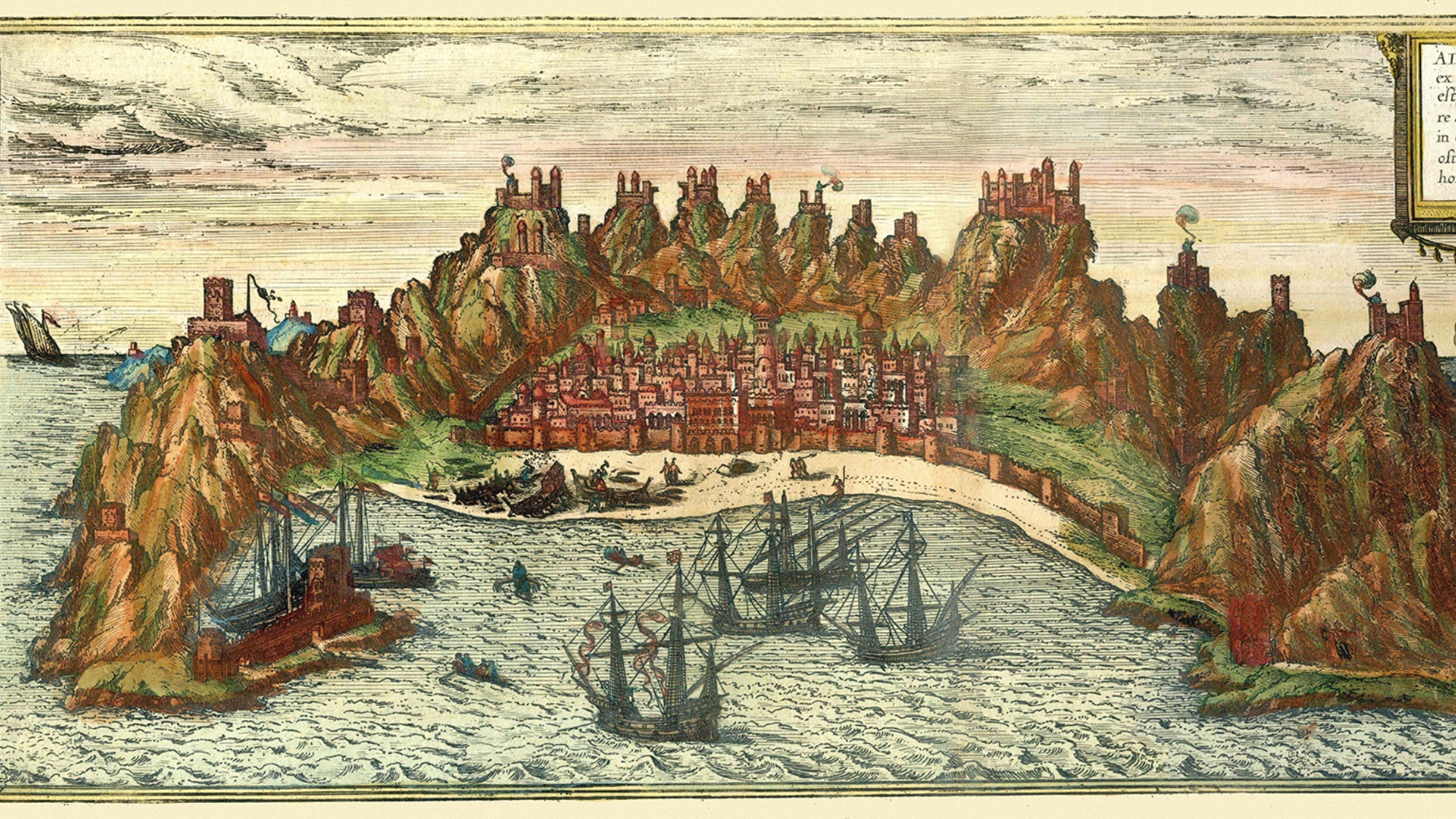 ‘Capitalism: A Global History’ by Sven Beckert and ‘American Canto’ by Olivia Nuzzi
‘Capitalism: A Global History’ by Sven Beckert and ‘American Canto’ by Olivia NuzziFeature A consummate history of capitalism and a memoir from the journalist who fell in love with RFK Jr.
-
 Who will the new limits on student loans affect?
Who will the new limits on student loans affect?The Explainer The Trump administration is imposing new limits for federal student loans starting on July 1, 2026
-
 Why does Susie Wiles have MAGA-land in a panic?
Why does Susie Wiles have MAGA-land in a panic?TODAY’S BIG QUESTION Trump’s all-powerful gatekeeper is at the center of a MAGA firestorm that could shift the trajectory of the administration
-
 White Easter more likely than a white Christmas
White Easter more likely than a white ChristmasTall Tales And other stories from the stranger side of life
-
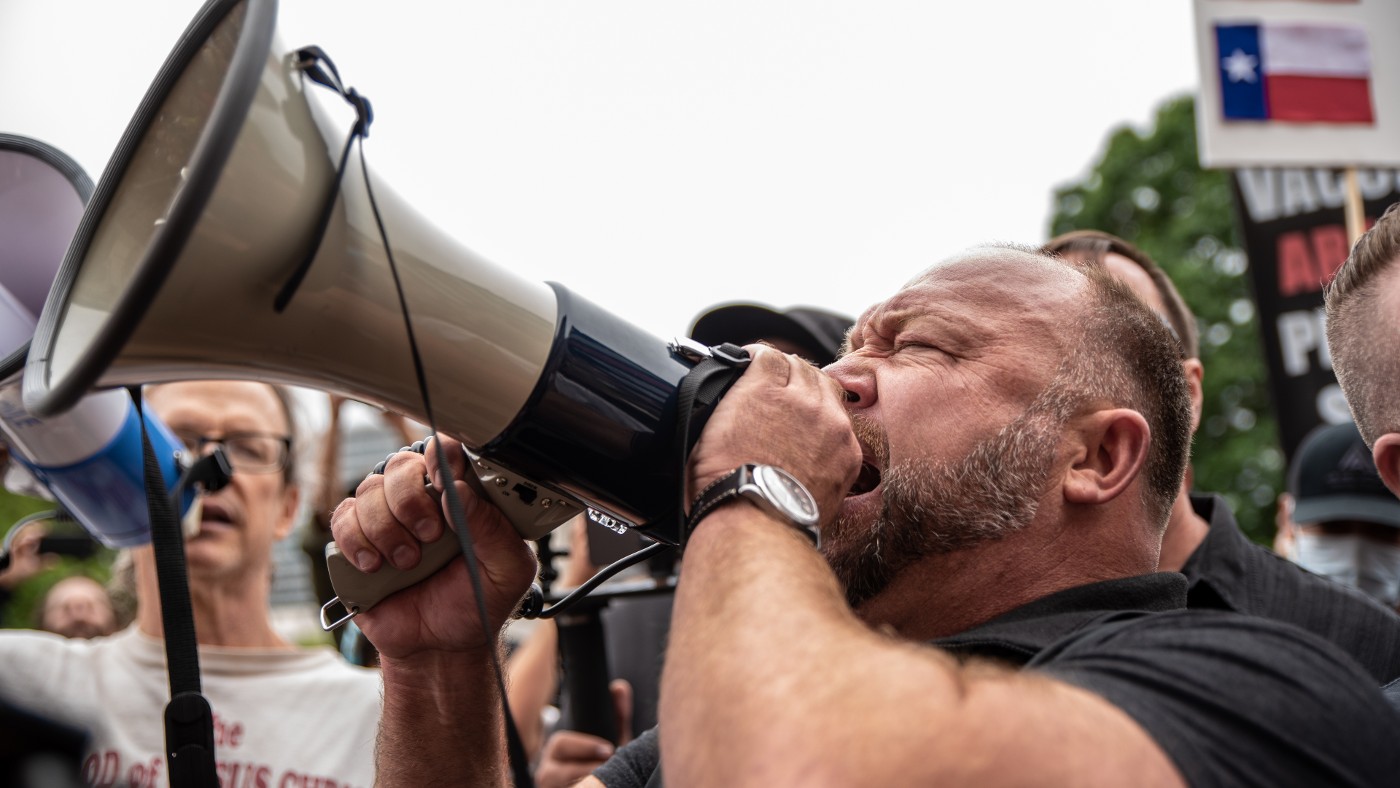 Alex Jones admits Sandy Hook shootings were real
Alex Jones admits Sandy Hook shootings were realSpeed Read Infowars founder has been ordered to pay $4.1m damages to parents of boy killed in the attack
-
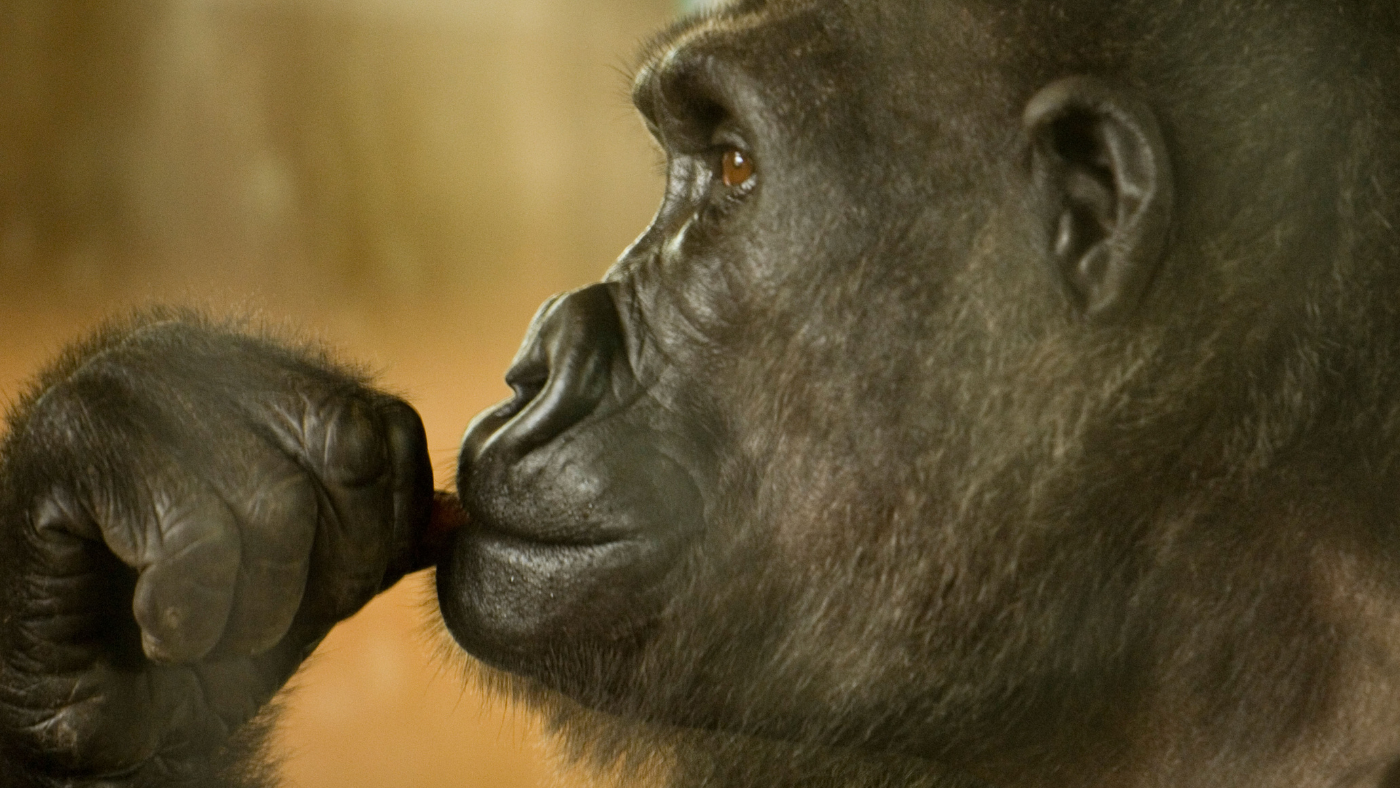 The teenage gorilla with an addiction to smartphones
The teenage gorilla with an addiction to smartphonesIn the Spotlight Amare, the 16-year-old ape, has screen time cut after spending ‘hours’ looking at visitors’ phones
-
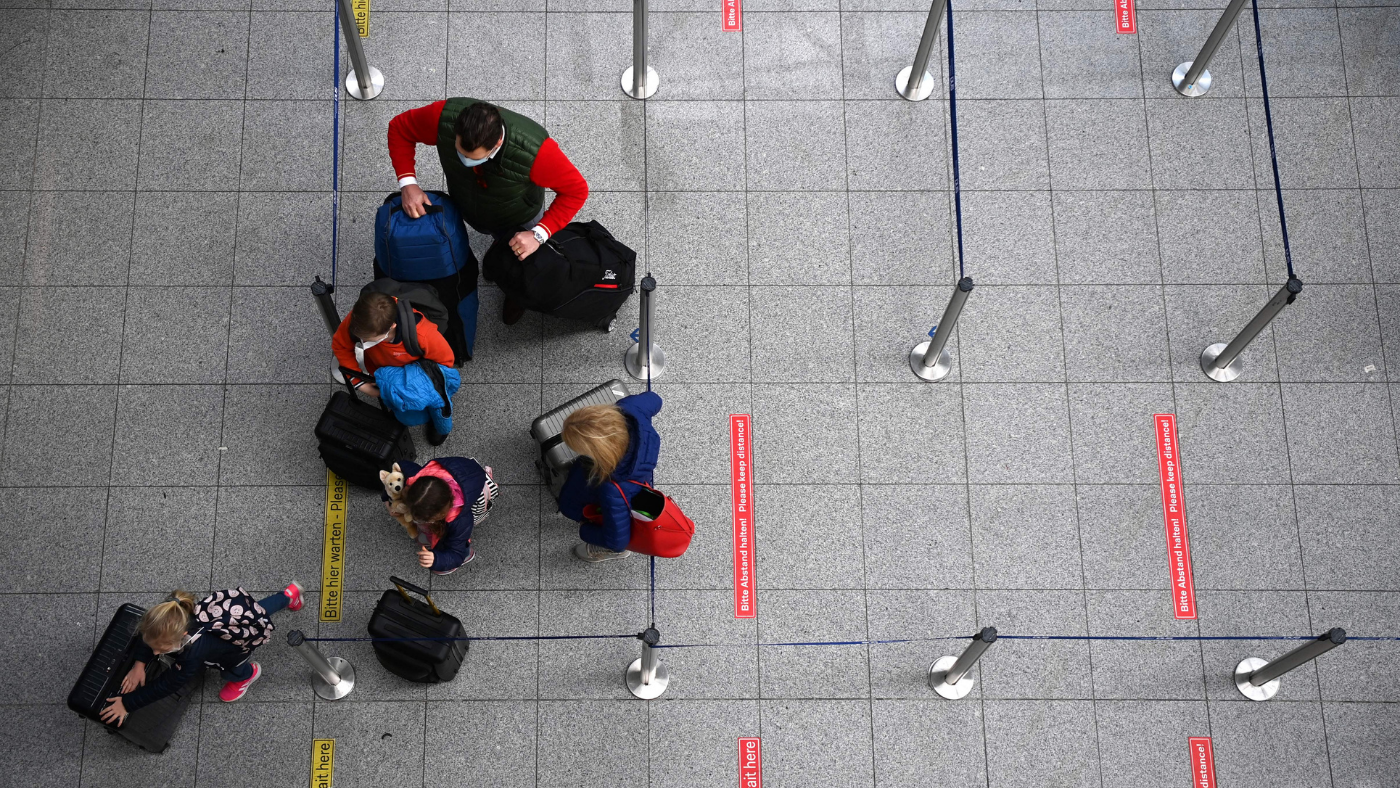 ‘We need to reassess our toxic relationship with flying’
‘We need to reassess our toxic relationship with flying’Instant Opinion Your digest of analysis from the British and international press
-
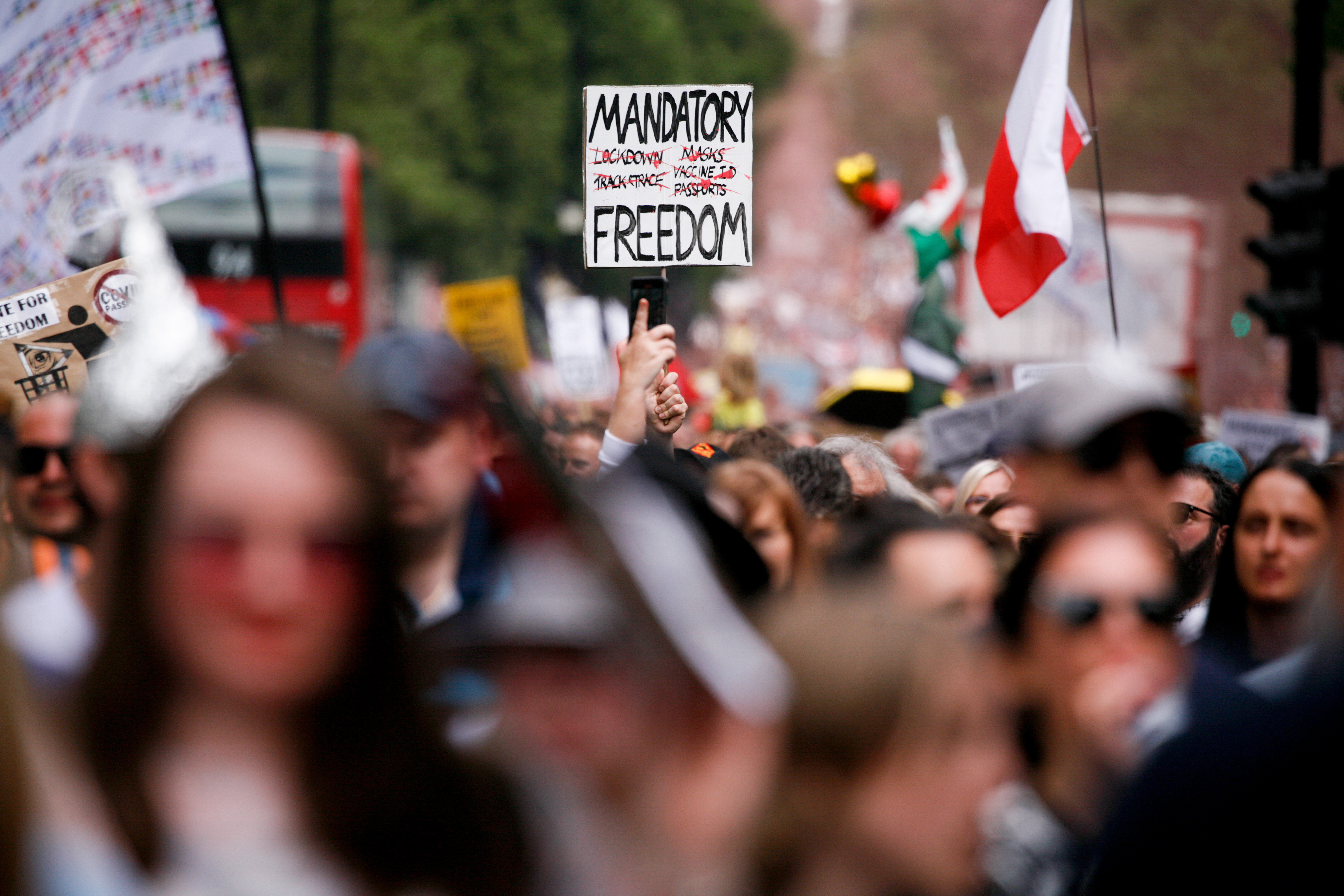 Alpha Men Assemble: the group threatening ‘direct action’ over vaccines
Alpha Men Assemble: the group threatening ‘direct action’ over vaccinesIn the Spotlight The anti-vaxxers claim to be fighting for ‘justice, equality and freedom for everyone’
-
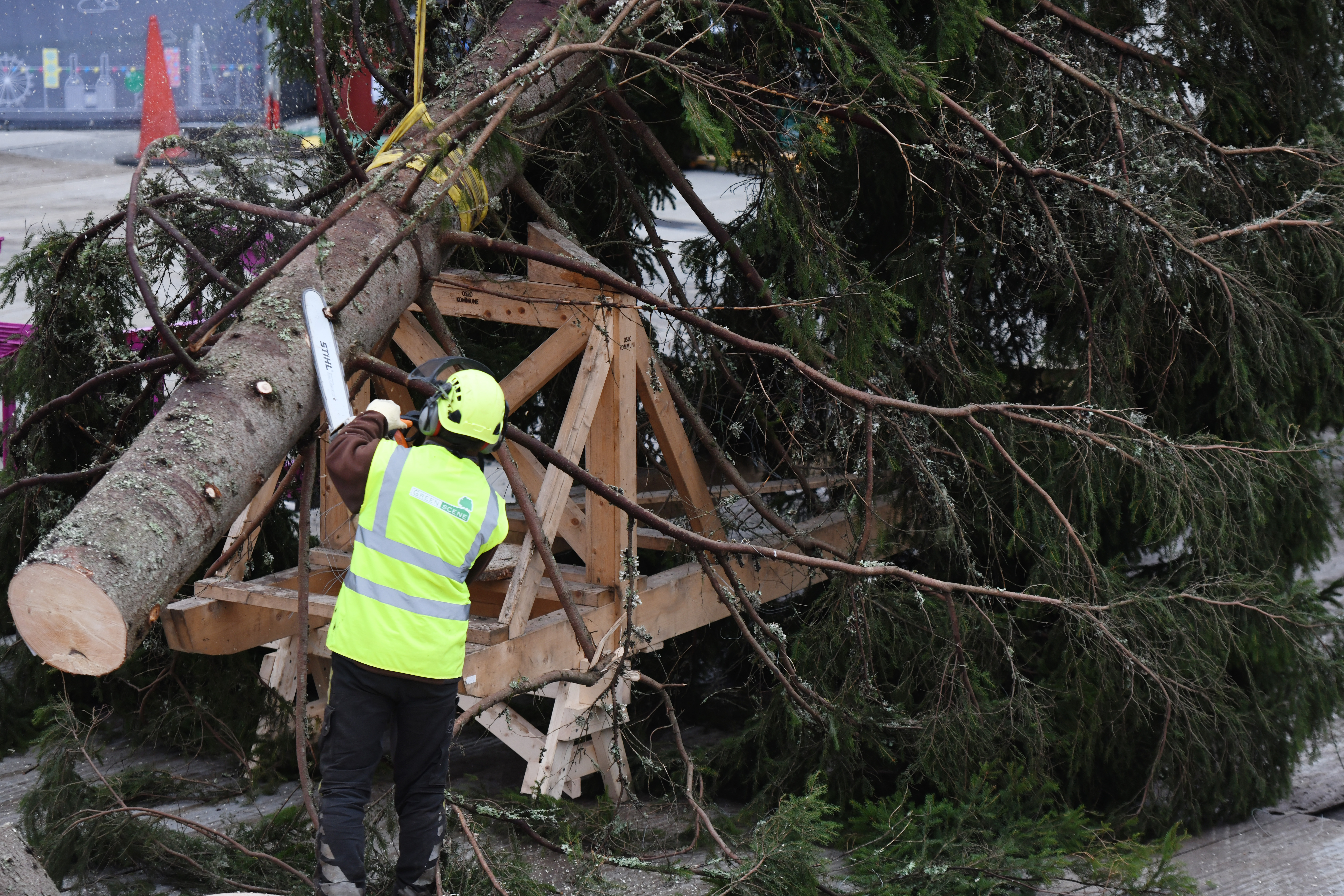 London’s sad Christmas tree
London’s sad Christmas treeIn the Spotlight This year’s annual festive gift from Norway fails to wow social media users
-
 ‘Pray to stay’: Church of England facing questions over asylum seeker conversions
‘Pray to stay’: Church of England facing questions over asylum seeker conversionsIn the Spotlight Tory MP vows to launch investigation into apparent ‘loophole’ in system
-
 The breakthrough that reveals why humans are getting taller
The breakthrough that reveals why humans are getting tallerIn the Spotlight Sensor in the brain tells the body that ‘we’re great here so grow quickly’, scientists say